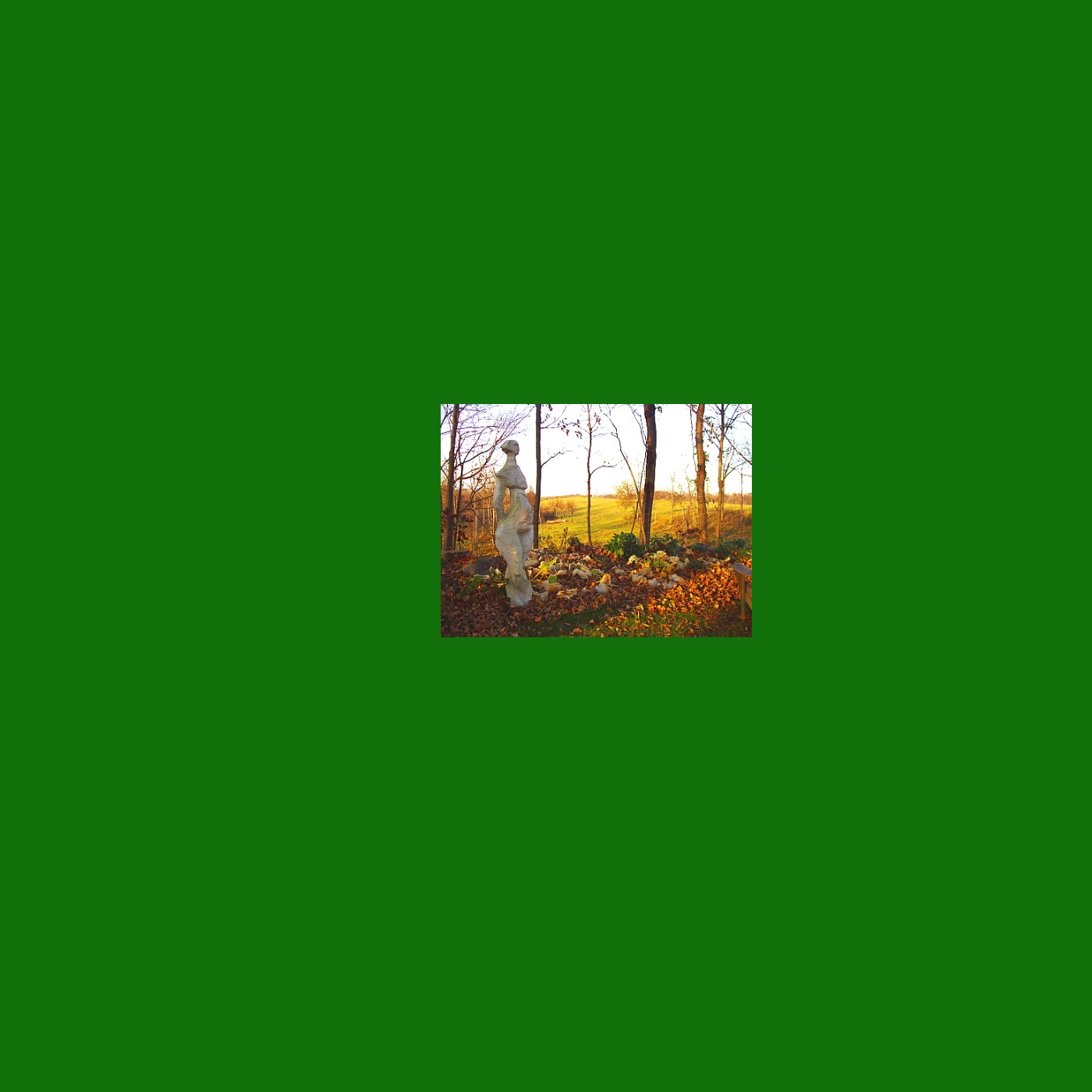
Only once did I see my mother really cry, full out. It was Rosh Hashanah, the Jewish New Year, 1960. I was nine years old. As was our custom we got dressed up, far more than on any other day of the year, and traveled from our New Jersey home to Pelham Parkway in the Bronx, then a kind of upper middle class Jewish ghetto, to celebrate the holiday. That meant going to services in the morning and after the shofar (ceremonial ram’s horn) was blown and services concluded back to my maternal grandparents’ apartment for a big festive meal.
 Me (age 5?) with my Great Uncle Max Photographer unknown
Me (age 5?) with my Great Uncle Max Photographer unknownServices were held at the shul my grandfather frequented down the block from their apartment. Last month, as I drove Eric back to the City, we took a little detour so I could show him some sites of my childhood, and I pointed to an alley on Wallace Avenue and said this was the synagogue where my grandfather went. “This?” he said, looking at the alley. His incredulity was understandable. This shul (literally, “school”) was not a grand building constructed for worship. It was a first floor room carved out of the back of a standard Bronx six story apartment building, with virtually nothing to signal from the street that it was there. You would go to the back of the alley, through a door to a tiny vestibule and enter a plain square windowless room, perhaps 70 by 70 feet, with the ark containing the torahs along one wall and the seats arranged around it. To the right side as you entered, behind a curtain, was the women’s area, where perhaps 20 women could squeeze in on folding chairs.
The rest of the room was the men’s domain. Just as the space itself bore little resemblance to what you’d think of as a synagogue, the service did not resemble what you might expect of an organized religion. Yes, the rabbi or cantor would go through the set text for the day in a prescribed sequence. But for most of the time, in between the leaders’ punctuations, there was a chaotic cacophony of men’s voices, each at their own pace and varying volumes, reading aloud the very long passages of text in between. This was what I understood “davening” (praying) to mean: Jewish shucking and jiving, rocking back and forth and occasionally bending at the knee, mumbling the text until bursting into the recognizable song-like cadence of a prayer. The men were packed shoulder to shoulder, in suits, and on a typical Rosh Hashanah day, with its delightfully warm weather, it would be hellishly hot in there. As a child among the men, I reveled in the overwhelming intensity of the experience.
Rosh Hashanah 1960 was warm and sunny, and when we arrived there was, uncharacteristically, a very large crowd outside on the sidewalk. Something was amiss. My mother, upon inquiring, was told that someone had had a heart attack in services. Call it intuition, but she got an ashen look on her face and sent my father back down the alley to check out who it was. Perhaps five minutes later, he reported back that it was her uncle, Max Warman, my grandfather’s brother, and that an ambulance had been called. And while we awaited the ambulance, she sat down on a milk crate on the sidewalk, dressed to the nines, and sobbed uncontrollably.
Max (pictured above with me when I was about 5) was a gregarious bear of a man loved by all, a cheerleader of conviviality whose most characteristic act, arriving at the lake at our family bungalow colony in the Catskills, was to wade in and splash himself with cold water, loudly proclaiming “L’Chaim L’Chaim” (literally “to life,” but really “what a pleasure”) to everyone around him to urge them into the water. While it was not surprising that my mother would be upset, I was astonished to see an adult, particularly a pillar of strength like her, cry like a baby.
I was of course reminded of Max’s Rosh Hashanah death, which so shook my mother, by the news as Rosh Hashanah began this year of the death of Ruth Bader Ginsburg, which shook so many of us.
Numerous friends have circulated the adage from Jewish tradition that “a person who dies on Rosh Hashanah is a tzaddik, a person of great righteousness.” Reading that adage, I thought first how uncle Max, who died not only on Rosh Hashanah but while praying in shul, must be a kind of super-tzaddik. But my thoughts quickly turned from uncle Max to my mother, and here’s why.
News of Justice Ginsburg’s death brought on a rush of angst in me that we’ll enter a period of even deeper political turmoil than we already have (is that even imaginable?). It made me fear that through cynical power moves a judge could be railroaded onto the Court in the coming weeks who could tip the balance of an election that may well be decided by litigation. And the result, I fear, could be years more — maybe many years more — of incompetent, corrupt, strongman rule in place of the return to normalcy a majority of voters will almost certainly choose.
My mother, I knew, was during her life a big fan of Justice Ginsburg. They were of the same generation. My mother, with a B.A. in biology, gave up her dream of going to medical school because she was told that with Jews facing quotas she would be taking the place of a man if she did so. She regretted that decision her entire life. She admired Justice Ginsburg precisely because the judge fought against discrimination of all sorts, and overcame it personally.
Despite her single loss of composure at uncle Max’s death, my mother was also tough. She remembered people’s transgressions and was unforgiving. She could smell a hypocrite a mile away (or in Mitch McConnell’s case, at 250 miles) and would unhesitatingly call them out. She cared a great deal, not just for her own family but also for the kids she taught, but it did not make her a softie. She marched, voted, and fought. And these strengths we learned from our mothers are qualities we may all have to call upon in the weeks and months to come. Gear up to fight like hell against those who would reject a Court nominee of a Democratic President on the grounds that it was only nine months before an election, yet would take up the nominee of a Republican less than two months before.
Why, you may ask, is this relevant to a farm bulletin? Why am I not telling you about the mood of the sheep or the threat of frost or what arrangements have come about for next season? (There’s actually good news on that front, stay tuned.) Because, in my view, the concerns of the farm are meaningless if the world the farm operates in falls apart. Some issues transcend and demand our attention.
Happy New Year – L’Shana Tova. Venceremos.

WHAT’S NEW THIS WEEK:
CHICKENS: Our freedom rangers were processed this week. They are quite uniform in size, all just around 6 lbs, a few under. We’ve already had one and they are as you’d expect deeply flavorful. They are now frozen. $6/lb. Separately, bags of chicken livers, also $6/lb.
Peppers: Poblanos, Jalapenos, Long hot green peppers, small matchbox peppers, 24 cents each, except Poblanos 50 cents each
Small white Oasis turnips are back, $3/bunch
WHAT’S AVAILABLE THIS WEEK
Small White turnips, $3/bunch
Hot peppers: 25 cents each, except 50 cents for poblanos
Slicing cucumbers a few, 50 cents each
Okra $4/lb (small quantities)
Large black Spanish Radishes, $2 each (or smaller ones in bunches)
Fennel, larger bulbs now, $2 each
Green shiso leaves $1, pack of 10
Kale, (curly leaf or lacinato) $2/bunch
Swiss Chard, $3/bag
Fresh dug horseradish root, $3/lb.
Sorrel, one gallon bag, $3/bag
Mint, $1/ bunch
Garlic chives (the flat kind), $1/bunch
EGGS: $5/doz
MEATS: Have been largely cleaned out during the supermarket shortages of this spring. What is still in stock:
LAMB: fresh back from processing, Legs of lamb and loin chops, $14/lb, boneless lamb shoulder and shoulder steaks, $10/lb, Ground lamb, $7/lb. For the Central Asians among you, lamb tails, $5/lb.
PORK: fresh ham roasts (2 to 3 lbs), $12/lb
CHICKENS: They were quite uniform in size, all just around 6 lbs, a few under. We’ve already had one and the freedom rangers have been what you want them to be, deeply flavorful. They are now frozen. $6/lb. Separately, bags of chicken livers, also $6/lb.

Turkana Farms, LLC, is a small scale producer of heritage breed livestock and a wide array of vegetables and berries on just over 39...

Spring, the season of rebirth and regrowth, is almost upon us. Winter's last full official day is Sunday, March 19. But Spring is an...

TURKANA FARMS, LLCGreen E-Market Bulletin October 15, 2023Two in One by Antoinette Schultze. Israel and Palestine? Photo by Eric RouleauBlind Rage: A Tale of...